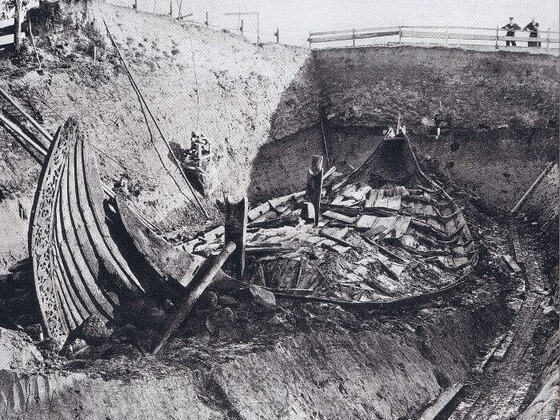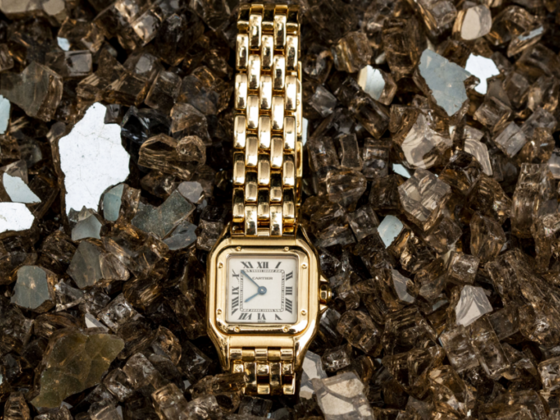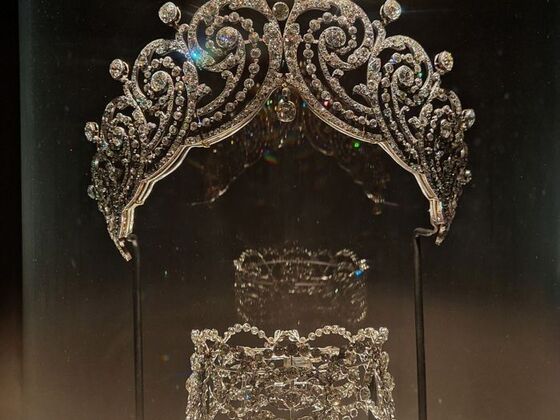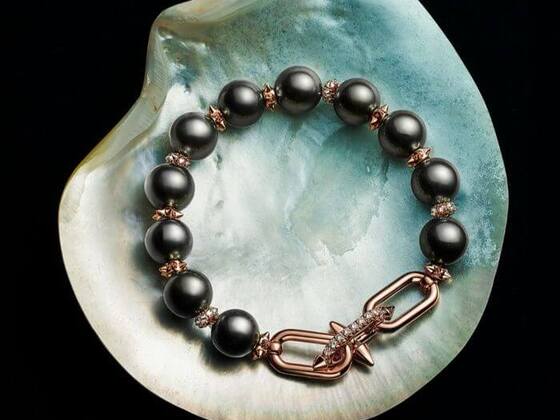The Mythic Power of Tolkien’s Gemstones, Rings, and Mithril in Middle-earth
J.R.R. Tolkien’s legendarium is renowned for its intricate world-building and deep symbolism. Among the most enduring motifs are gemstones, magical rings, and legendary metals; each woven into the myths, cultures, and destinies of Middle-earth. From the radiant Silmarils to the coveted Arkenstone and the peerless mithril, Tolkien’s use of jewels and metals reflects both the beauty and peril of creation, power, and desire.
The Silmarils: The Greatest Jewels of Tolkien’s Legendarium
The Silmarils stand as the most revered gemstones in Tolkien’s mythology. Crafted by Fëanor from the light of the Two Trees of Valinor, these jewels embody purity, beauty, and the essence of virtue. The Silmarils are not mere treasures; Tolkien describes them as “living things,” radiant with a light that cannot be tainted or diminished. Their brilliance incites awe and longing, yet they become the source of immense tragedy, sparking wars and shaping the fate of Elves and the First Age. The relentless pursuit of the Silmarils reveals both the creative genius and the destructive potential of desire.
The Rings of Power: Magic, Corruption, and Destiny
The Rings of Power are central to Tolkien’s exploration of good, evil, and free will. Forged by the Elven-smiths of Eregion under Sauron’s guidance, these magical rings, especially the One Ring, symbolise the seductive allure and danger of unchecked power. The One Ring, crafted from gold, represents domination and corruption. While the Three Elven Rings embody preservation and wisdom. Nenya, Galadriel’s ring, is made of mithril and set with “adamant” (diamond), reflecting her strength and the enduring beauty of Lothlórien. These rings are not just adornments; they are instruments of fate, each influencing the destinies of their bearers and the very fabric of Middle-earth.
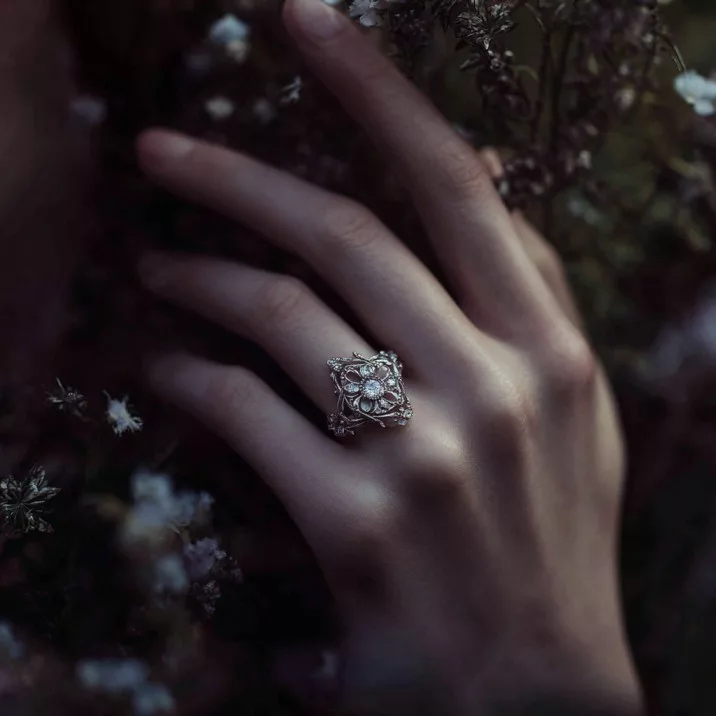
Mithril: The Legendary Metal of Middle-earth
Mithril, the most prized metal in Middle-earth, is renowned for its unmatched strength, beauty, and rarity. Mined by the Dwarves of Khazad-dûm, mithril is lighter than any other metal yet stronger than steel. And has a silvery sheen that captures an ethereal light. It features in legendary artefacts such as Frodo’s mail shirt, the Ring of Adamant (Nenya), and the crown of Gondor. Mithril’s allure is double-edged. It symbolises both the pinnacle of Dwarven achievement and the dangers of greed, as the relentless quest for mithril ultimately leads to the downfall of Khazad-dûm. Its mythic status bridges the worlds of metal and gemstone, embodying both creation and destruction.
The Arkenstone and Dwarven Treasures
The Arkenstone, known as the “Heart of the Mountain,” is the most treasured gem of the Dwarves of Erebor. Its radiant light and unique beauty make it a symbol of kingship and destiny, central to the narrative of The Hobbit. The Dwarves’ artistry with gems and metals is a source of cultural pride, yet it also brings secrecy and, at times, tragedy. The Arkenstone’s allure inspires courage and unity but also sows discord and greed, illustrating the dual nature of treasure in Tolkien’s world.
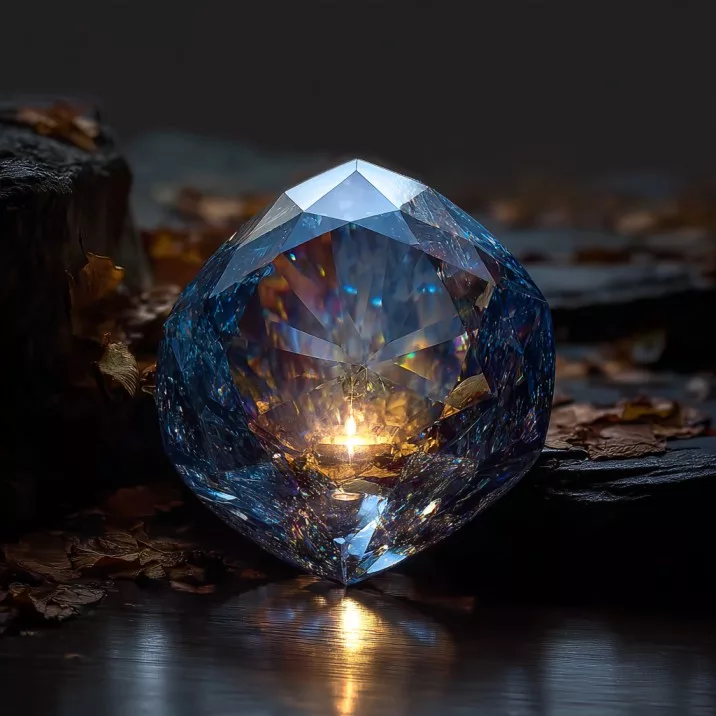
Elven Gems and the Light of Lothlórien
Elves, particularly the Noldor, are famed for their love of jewels and their skill in crafting them. Elven gems often embody light, preservation, and the memory of lost ages. The gems of Lothlórien, for example, are connected to the light of the Two Trees and serve to sustain the beauty and magic of Elven realms. Elven jewellery, such as the gems gifted to Númenóreans, carries deep symbolic meaning, representing friendship, legacy, and the preservation of ancient wisdom.
Thematic Analysis: Good, Evil, and the Use of Treasure in Tolkien’s Gemstones
Tolkien’s gemstones and metals are never mere symbols of wealth; they serve as profound vessels of meaning, reflecting the moral choices and inner character of those who seek, possess, or covet them. These treasures, such as the Silmarils, the Arkenstone, and mithril, are imbued with both inherent beauty and deep symbolic resonance.
Creation vs. Corruption
Tolkien draws a clear line between creating jewels for beauty and preservation and exploiting them for domination or greed. Fëanor creates the Silmarils as acts of artistic genius and devotion. However, his possessiveness and pride over the Silmarils drive betrayal, exile, and war. Tolkien shows that objects of beauty and power can inspire awe or cause ruin, depending on the intentions of their owners.
Characters Defined by Treasure
Key figures in Tolkien’s legendarium are shaped, and often undone, by their relationships to these treasures:
- Fëanor rises to greatness by creating the Silmarils, but falls because he clings to them with pride and jealousy.
- Thorin Oakenshield is both inspired and corrupted by the Arkenstone, which becomes a focal point for his growing obsession and mistrust.
- Sauron infuses the One Ring with his own malice, twisting a simple band of gold into an instrument of domination, in stark contrast to the Silmarils’ pure light.
Even mithril, which blends the qualities of gemstones and metals, becomes a symbol of both beauty and danger. The Dwarves’ greed for mithril leads them to dig too deep, awakening the Balrog and bringing disaster to Moria.
The Moral Dilemma of Treasure
Tolkien never portrays his treasures as inherently evil. Instead, he shows that the choices of those who encounter them give these objects their moral weight. The same jewel can inspire greatness or cause destruction. The Silmarils, for instance, possess inherent beauty, but destructive desire surrounds them. Mithril stands as both a prized treasure and a source of deadly peril, depending on how people pursue and use it. Tolkien’s stories remind us that nothing starts as evil, but unchecked ambition and desire can corrupt anything.
Redemption and Restraint
Tolkien highlights the redemptive power of restraint and wisdom. Characters like Galadriel, Gandalf, and Samwise Gamgee receive offers of powerful treasures but choose to reject them. Their self-restraint and humility set them apart as truly good.
Summary and Key Takeaways
Tolkien transforms jewels and metals, such as the luminous Silmarils, the perilous Rings of Power, the fabled mithril, and the Arkenstone, into mythic symbols that actively shape the destinies of Middle-earth’s peoples. These treasures reflect the ongoing struggle between light and darkness, creation and destruction, and wisdom and greed. Tolkien’s use of jewellery symbolism continues to inspire fantasy literature and pop culture, reminding us that beauty holds both enduring power and peril.
Frequently Asked Questions (FAQ)
The Silmarils, Arkenstone, and the gems set in the Rings of Power are the most significant, each with deep mythic and narrative roles.
Mithril combines unmatched strength, beauty, and rarity, making it coveted by all races and central to many legendary artefacts.
They represent the tension between preservation and domination, with materials like mithril and diamonds symbolising purity, wisdom, and the perils of power.
The Arkenstone is a symbol of kingship, unity, and destiny for the Dwarves, but it also reveals the dangers of greed and division.
Yes, Tolkien drew on medieval lore, heraldry, and the symbolism of real gemstones and metals to enrich his world-building.
Ready to Start Your Gemstone Journey?
Don’t wait to discover the world of gemstones! Explore these essential reads right away.
Fascinated by this article and want to deepen your gemstone expertise? Dive into our comprehensive Gemstone Encyclopedia. Here, you’ll discover detailed information about hundreds of precious and semi-precious stones, including their properties and values.
For those interested in the rich cultural significance and fascinating stories behind these treasures, our History section offers captivating insights into how gemstones have shaped civilisations. Or perhaps you’d like to learn more about birthstones?
And if you’re considering gemstones as more than just beautiful adornments, visit our Precious Metal Investing guide. Here you will learn how these natural wonders can become valuable additions to your investment portfolio.
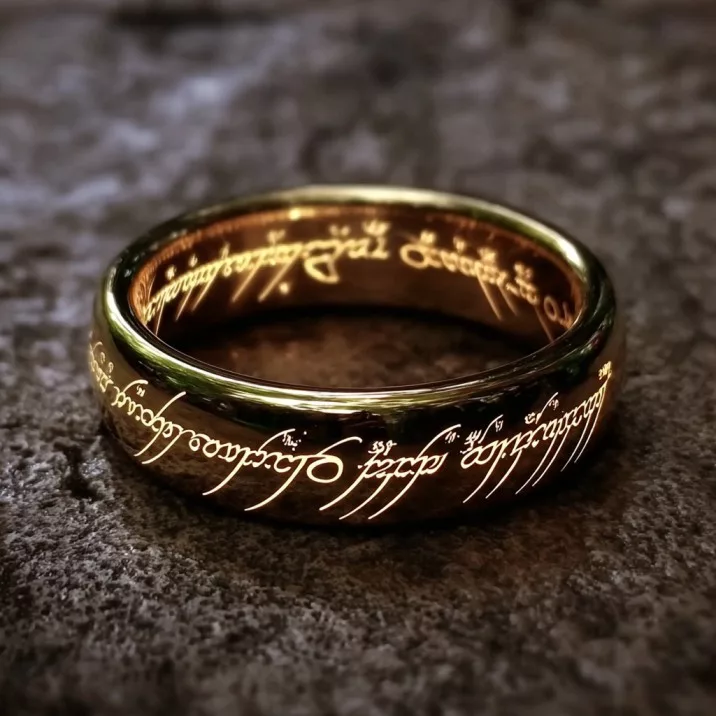
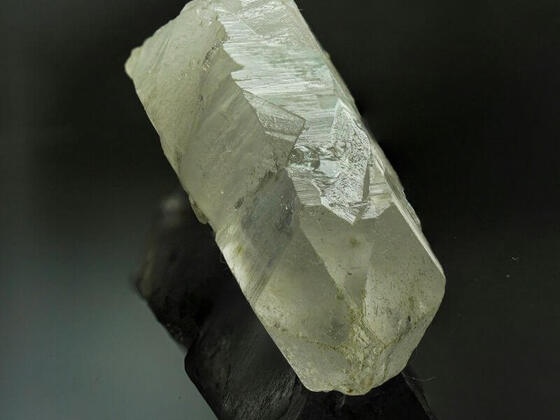
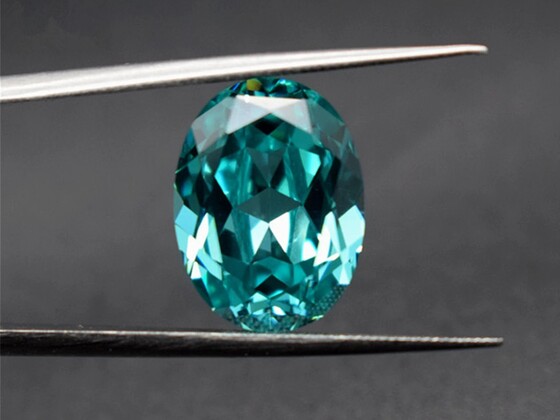
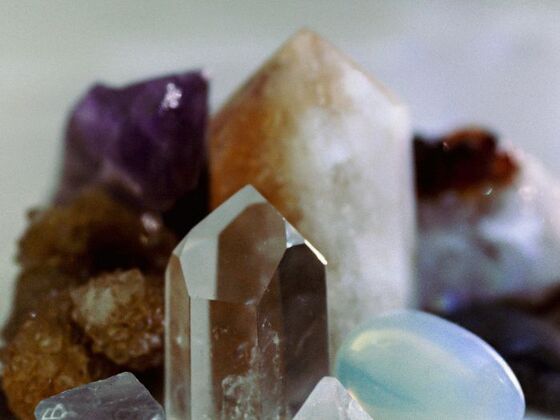
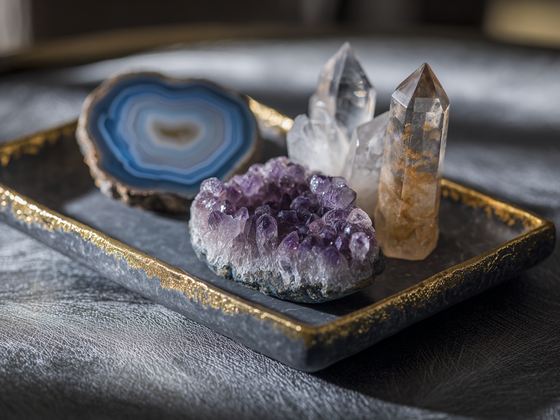

![Pigment analysis of Raphael's masterpiece[7][8] reveals the usual pigments of the renaissance period such as malachite mixed with orpiment in the green drapery on top of the painting, natural ultramarine mixed with lead white in the blue robe of Madonna and a mixture of lead-tin-yellow, vermilion and lead white in the yellow sleeve of St Barbara.](https://gemstonesinsider.com/wp-content/uploads/2025/09/Raphael-Madonna_Sistine_sm-560x420.jpg)
